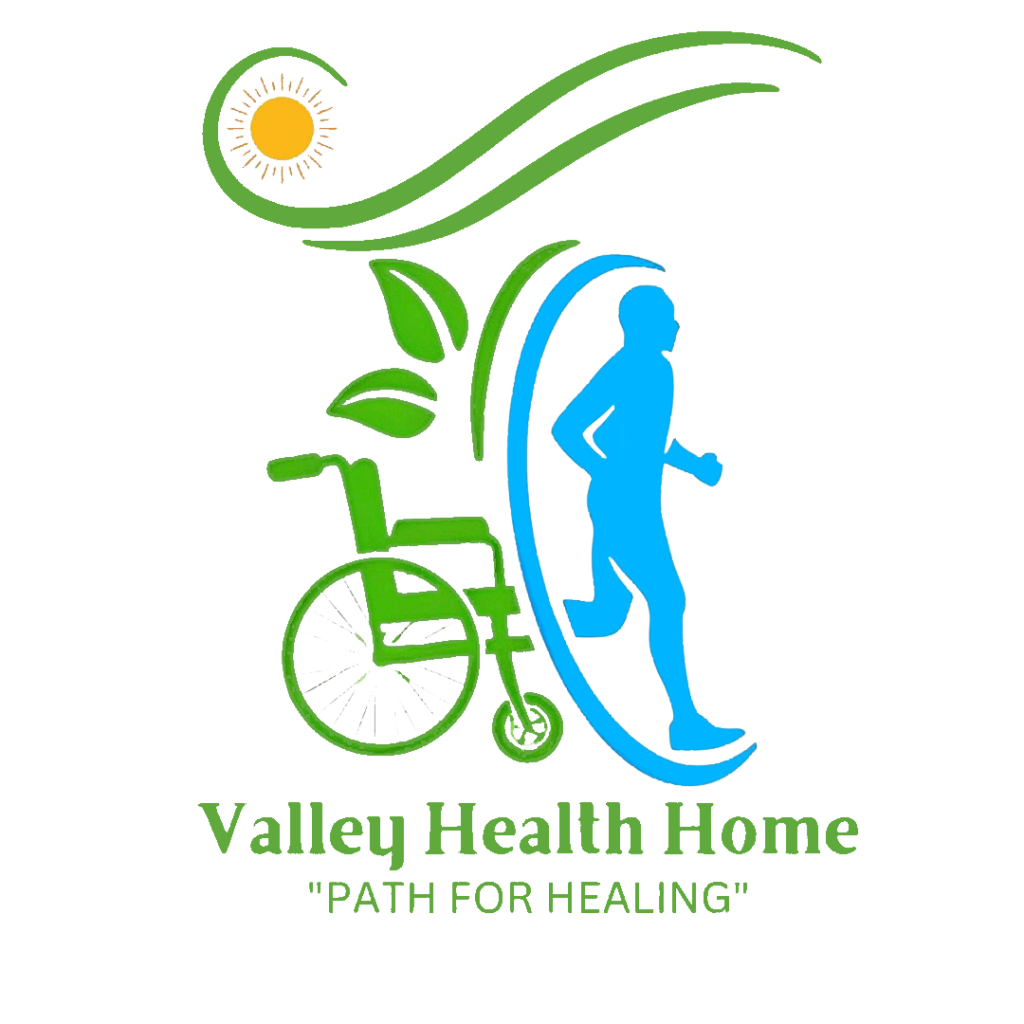A nursing care plans is a vital tool used by healthcare professionals to outline the care and treatment a patient requires. It provides a structured approach to ensure that a patient’s needs are met effectively and comprehensively. A well-constructed nursing care plans typically includes the following components:
Patient Assessment:
Demographic Information: Basic patient details, including name, age, gender, and contact information.
Medical History: Information about the patient’s medical conditions, previous surgeries, allergies, and relevant family history.
Nursing Assessment: A comprehensive assessment of the patient’s current health status, including physical, psychological, and social factors.
Examples:
- Demographic Information: Ram Bahadur, 55-year-old male, contact: 98XXXXXXX.
- Medical History: Hypertension, diabetes mellitus type 2, previous appendectomy, allergies to penicillin, family history of heart disease.
- Nursing Assessment: Physical assessment reveals elevated blood pressure (160/90 mm Hg), blood glucose level of 200 mg/dL, and signs of anxiety.
Nursing Diagnosis:
This is a critical component where the nurse identifies the patient’s health problems and nursing care needs based on the assessment data. Nursing diagnoses are typically derived from standardized nursing terminology like NANDA-I (North American Nursing Diagnosis Association International).
Examples:
Nursing Diagnosis: Risk for Uncontrolled Blood Pressure related to anxiety and non-compliance with medication regimen.
Goals and Outcomes:
Specific, measurable, and realistic goals and outcomes are established for each nursing diagnosis. These goals should be patient-centered and time-bound.
Examples:
- Short-term Goal: Within 24 hours, the patient will verbalize understanding of the importance of medication compliance and demonstrate relaxation techniques to reduce anxiety.
- Long-term Goal: Over the next month, the patient will maintain blood pressure within the target range (e.g., 120/80 mm Hg) through lifestyle modifications and medication adherence.
Nursing Interventions:
This section outlines the nursing actions and interventions that will be implemented to achieve the established goals. Interventions should be evidence-based and tailored to the patient’s individual needs.
Examples:
- Short-term Interventions:
- Educate the patient about the effects of hypertension on the body.
- Teach relaxation techniques, such as deep breathing exercises.
- Administer prescribed antihypertensive medication.
- Long-term Interventions:
- Collaborate with a dietitian to create a heart-healthy diet plan.
- Encourage regular exercise and provide resources for physical activity.
- Monitor blood pressure regularly and adjust medication as needed.
Rationale:
A rationale or justification is provided for each nursing intervention. This helps to explain why a particular intervention is chosen and how it relates to the patient’s specific diagnosis and goals.
Examples:
Explaining the rationale for interventions:
- Teaching relaxation techniques helps reduce anxiety, which can contribute to blood pressure control.
- Medication adherence is crucial for maintaining blood pressure within the target range and preventing complications.
Evaluation:
Regular evaluation of the patient’s progress is essential. This component of the care plan includes criteria for evaluating whether the goals and outcomes have been met. If the goals are not met, adjustments to the care plan may be necessary.
Examples:
- After 24 hours, the patient successfully demonstrated relaxation techniques and understood the importance of medication compliance. Blood pressure reduced to 140/85 mm Hg.
- Long-term evaluation will involve ongoing monitoring of blood pressure and adjustment of the care plan as needed.
Implementation:
This section details when and how the nursing interventions will be carried out. It includes information about the frequency, duration, and any special considerations for each intervention.
Examples:
Specify when and how interventions will occur:
- Relaxation techniques will be taught during morning nursing rounds.
- Medication administration will be scheduled at 8 AM daily.
Evaluation and Revision:
Continuous assessment and revision of the care plan are crucial to adapt to changes in the patient’s condition or response to treatment. Nurses should regularly evaluate the effectiveness of the plan and make necessary adjustments.
Examples:
Regularly assess the patient’s blood pressure and adjust the care plan based on progress or setbacks.
Signature and Date:
The care plan should be signed and dated by the responsible nurse to indicate their involvement in the planning and execution of care.
Nurse’s signature and date of care plan creation: [Nurse’s Signature], [Date].
Interdisciplinary Communication:
Collaboration with other healthcare professionals, such as doctors, therapists, and social workers, may be necessary. Include details of communication and collaboration efforts with other team members.
Examples: Communicate with the physician to discuss medication adjustments and collaborate with a social worker to address any financial barriers to medication adherence.
Education and Discharge Planning:
If applicable, include patient and family education, as well as discharge planning details to ensure a smooth transition from the healthcare facility to the patient’s home or another care setting.
Examples: Provide patient and family education on maintaining a heart-healthy lifestyle and schedule a follow-up appointment with the primary care physician upon discharge.
Legal and Ethical Considerations:
Ensure that the care plan adheres to legal and ethical standards, respecting the patient’s rights and privacy.
Nursing care plans serve as a roadmap for providing holistic and individualized care to patients, promoting effective communication among healthcare providers, and ensuring that the patient’s needs are met comprehensively and safely.

